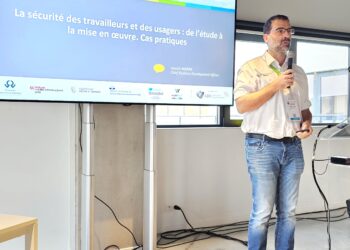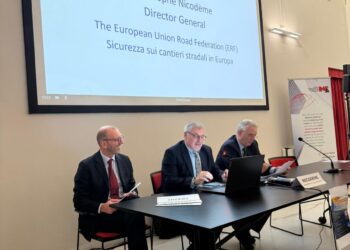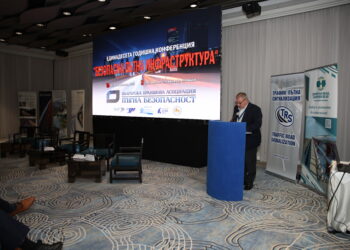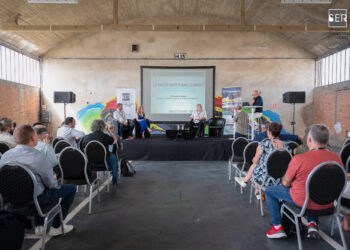30 April 2020 | Brussels, Belgium
During an online workshop organised last week by IRF in collaboration with ERF and ASECAP, ERF Chairs of the Working Groups on Markings (Harald Mosböck, SWARCO) and Signs (Rik Nuyttens, 3M) explained the essential role of the road physical infrastructure in cooperative, connected and automated mobility.
With an average audience of 200 international participants, 12 speakers from different backgrounds (road industry, operators, technology providers, researchers) described how road infrastructure stakeholders will contribute to the new mobility ecosystem stressing the importance of mutual understanding and collaboration with other sectors. Presentations offered a full picture of challenges and exciting opportunities: regulatory and policy challenges, technological innovations, future workforce needs.
Experts presented the current transformation experienced under a unique momentum for several industries towards a more sustainable, digitalised, efficient, inclusive and safer mobility. In this sense, the 3rd Mobility Package of the European Commission represents the foundation for this spirit aligning two main legislative dossiers involving vehicles (General Safety Regulation) and Infrastructure (Road Infrastructure Safety Management Directive) while showing the way to further improve our sector.
The workshop also kicked-off a new partnership of ERF, ASECAP and IRF promoting the role of the road infrastructure for Cooperative, Connected and Automated Mobility. Engagement of the main three sectorial organisations will gather knowledge and expertise from partners active at EU level (European Commission CCAM Platform) and International level (United Nations Economic Commission for Europe WP1 and GRVA).
-
Safer, Smarter Roads Discussed at the 25th Belgian Road Congress
October 10, 2025 -
ERF calls for Smarter, Safer Road Work Zones at Bologna Forum
October 9, 2025 -
BBARS 11th Annual Road Infrastructure Conference a further Success
September 19, 2025




